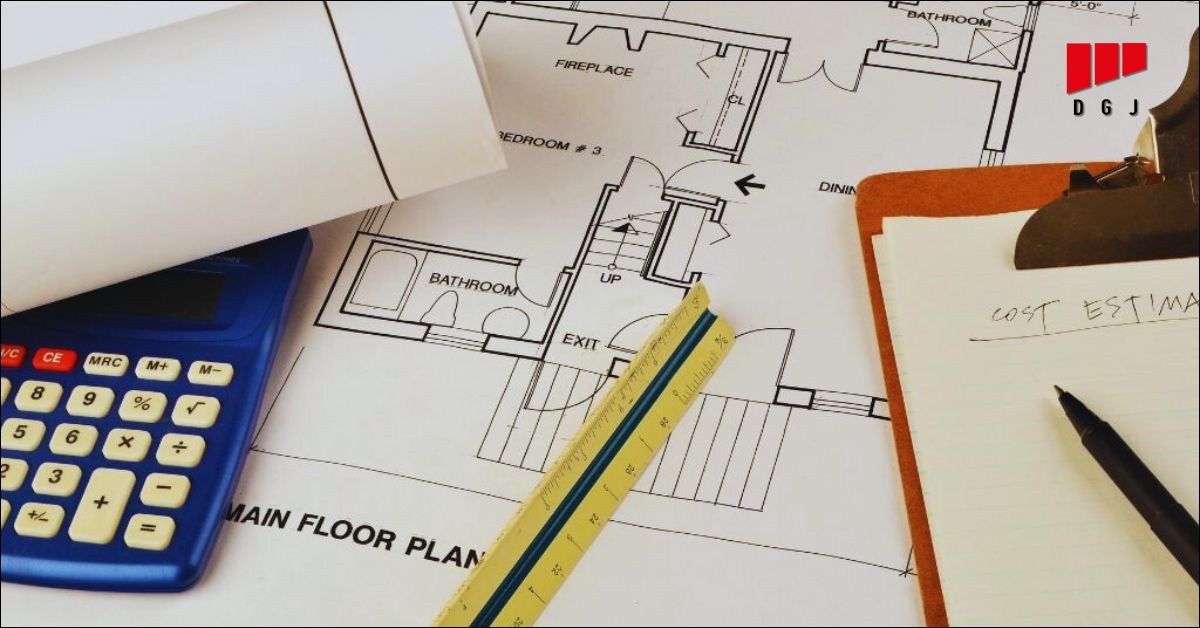
In the construction industry, having a clear financial plan is not just helpful—it's essential. One of the most effective tools for achieving this is the control estimate.
When properly developed and used, a control estimate in construction becomes a foundational reference point that guides a project from early planning through to completion.
This guide will explore the concept in depth, including its definition, role in project planning, benefits, challenges, and how it compares to other estimating methods.
A control estimate in construction is a detailed financial projection that outlines all foreseeable costs associated with a construction project. Unlike preliminary or conceptual estimates, which are often based on limited information, a control estimate is developed after the project scope and design details have been finalised.
This estimate includes a breakdown of labour, materials, equipment, subcontractor costs, overheads, and contingency allowances. It serves as a baseline to compare actual expenditures against projected costs and is used for ongoing financial tracking and decision-making.
Control estimates are typically required on large-scale projects, but they are also beneficial on smaller jobs where cost control is a priority. In both cases, this estimate provides clarity and reduces the likelihood of financial surprises later in the project.
Managing budgets effectively is one of the most difficult aspects of any construction project. The control estimate in construction plays a crucial role in this process by:
Without a robust control estimate, projects are more likely to experience budget overruns, delays, and miscommunications.
To serve its purpose, a control estimate must be detailed and accurate. Here are the main components it usually includes:
By covering these elements, the control estimate offers a clear view of the financial demands of the project.
Creating a control estimate in construction involves input from multiple departments and professionals, including estimators, project managers, and finance teams.
Below is a common workflow:
Accurate estimating begins with a thorough understanding of the project's scope. This involves reviewing architectural drawings, engineering plans, and client requirements.
Use current market rates, historical data from previous projects, and supplier quotes to gather reliable cost inputs.
Divide the work into smaller components using work breakdown structures (WBS). This helps in assigning costs to specific tasks or trades.
Estimate the cost of each unit of work, such as cost per square metre or per cubic metre, based on labour, material, and equipment requirements.
Identify areas of risk and include appropriate contingency amounts. This allows for greater flexibility if conditions change.
After preparing the estimate, review it with key stakeholders. Adjustments may be necessary based on feedback or updated project details.
Once reviewed and adjusted, the control estimate is approved and becomes the official financial baseline for the project.
It's important to understand how a control estimate differs from other common estimating methods used in construction:
Despite its value, preparing a control estimate comes with its own set of challenges:
Material and labour prices can fluctuate significantly, making it difficult to predict long-term costs accurately.
Modifications to the design after the estimate has been completed may require major adjustments.
Soil conditions, access issues, and other site-specific factors can influence costs in unexpected ways.
In some cases, essential data may not be available at the time of estimating, leading to reliance on assumptions.
To address these issues, estimators often build in additional allowances or conduct sensitivity analyses to test the impact of different variables.
When prepared and used effectively, a control estimate delivers several benefits:
Project managers can compare actual spending against the estimate to keep costs in line.
By accounting for known and potential risks, the control estimate helps reduce the impact of unforeseen events.
A clear understanding of costs allows for better decisions on procurement, resource allocation, and project phasing.
Clients gain trust in the contractor's ability to manage budgets responsibly, often leading to repeat business.
Clear financial expectations make it easier to resolve disputes and keep all stakeholders aligned.
The control estimate in construction is far more than a simple breakdown of figures. It serves as a strategic guide that helps manage budgets, supports informed decision-making, and fosters transparency among project stakeholders.
Taking the time to develop a detailed and realistic control estimate is a critical step towards maintaining financial discipline and avoiding costly surprises during the build process.
If you're aiming to strengthen your approach to construction cost management and improve overall project performance, working with the right partner can make all the difference.
Contact DG Jones & Partners today to find out how we can support your next project with tailored construction cost management solutions that prioritise accuracy, clarity, and long-term value.
A control estimate is a detailed, accurate cost estimate produced during the design phase of a construction project. It provides a baseline budget for the project and is used to track costs throughout the build process.
A control estimate is vital for effective project management. It helps identify potential cost overruns, enables informed decision-making, and ensures the project stays within budget.
A control estimate is developed by breaking down the project into smaller work packages and estimating the cost of each package based on historical data, current market prices, and detailed design drawings.
A control estimate is typically prepared during the design development phase of a project once the design is sufficiently detailed to allow for accurate cost estimation.
The control estimate is used to track actual costs against the estimated costs. Any significant deviations from the estimate are flagged and investigated to identify the root cause and take corrective action.